One of the most exciting things about visiting Vietnam is that you can taste a large amount of exotic fruits you didn’t even know existed. Sure, enjoying a Banh Mi while sipping on a coconut coffee is great and so is having Pho for breakfast. However, getting yourself lost in a local food market is a multi-sensory experience that’s second to none.
Whilst deliciously scrumptious mangos, different types of bananas and gloriously sweet pineapples are easily found everywhere you look, with our Top 10 Fruits of Vietnam guide we’ve focused on more exotic flavors that are not so easy to find in Western countries.
Here are our Top 10 Fruits of Vietnam and a few reasons why you should try all of them!

Dragon Fruit | Thanh Long
‘Pitaya’ – more commonly known as dragon fruit – is probably the best looking fruit out there. You’ve seen it all over the internet and if you ever wondered how those pink smoothie bowls are made, the secret ingredient is in this delicious fruit.
In Vietnam, you can enjoy it all year round and Vietnamese people love to have a few bites at the end of the meal. Dragon fruit comes with white or pink flesh and taste like a mild kiwi – the pink ones are much sweeter. Simply cut it in half, peel it and cut it into cubes.
Nutrition: high in fiber and antioxidants
Mangosteen | Măng Cụt
If you happen to travel in Vietnam between May and August, then you’ll get to try mangosteen, one of the most delicious fruits on the planet. Gently squeeze the purple shell in order to break the skin. Then, pull out a pod of white fruit – which incidentally look like garlic cloves, but don’t let that put you off – and get ready to taste a real delicacy. If you’ve ever tasted candy called ‘Refreshers’ in the West, a mangosteen tastes exactly like the purple ones. We kid you not!
It can be tricky to buy perfectly-ripe mangosteen as a little knowledge regarding their texture is needed. If you can take a local friend to the market with you, ask them to show you how a ‘just right’ mangosteen feels. There should be a little ‘give’ when squeezing, but not too much. You can also check the base of each one – you’ll see a shape here that looks like the flattened petals of a flower. The number of ‘petals’ will tell you how many segments of fruit you’ll get inside. Six is a good number when it comes to these delicacies.
Nutrition: mangosteen works as an anti-inflammatory
Rambutan | Chôm Chôm
While it may catch your attention at the local market, this ‘hairy’ fruit might not be your first choice on looks alone, but it should definitely be on your list of must-try foodstuffs. Inside the thin and soft skin is a translucent flesh with a mild sweet flavor, similar to lychees. Twist the fruit in your hands to break the skin, remove the exterior and pop the juicy flesh into your mouth. Look for it from April until September.
Nutrition: high in antioxidants and vitamin C, they’re also said to increase male fertility!
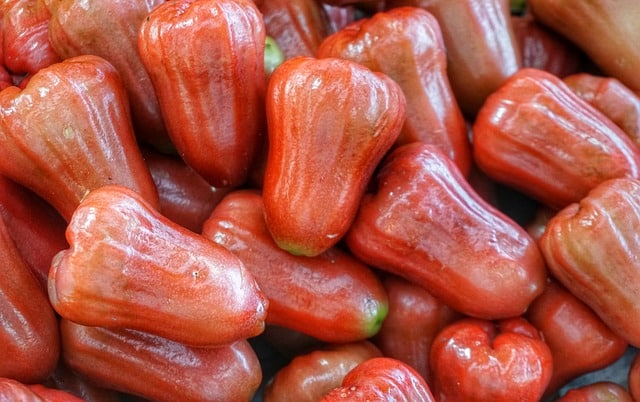
Rose Apple | Quả Mận
It doesn’t look like an apple, nor does it taste like one. A rose apple is shaped like a bell, has a crispy, juicy and fresh taste and if we were to compare it to another fruit…well, it’s somewhere between a pear and a melon, with a hint of rosewater thrown into the mix.
You’ll find the colours range from a pale green to a dark pink, and the intensity of flavor changes too – the plainer ones are great dipped in chilli salt, but others are very sweet and some deliciously sour.
Nutrition: rich in potassium and calcium
Passionfruit | Chanh Leo
This purple fruit is one of the tastiest ones not only in Vietnam, but in South-East Asia in general. You can eat it raw as a snack or you can use it in all sorts of dishes, like Vietnamese people do. It’s delicious paired with a coconut yogurt and very refreshing as a juice or smoothie, thanks to its unique flavor. Open it with your hands, grab a spoon and dig in.
Nutrition: high in fiber, iron and vitamin C
Sapodilla | Hồng xiêm
It looks kind of like a small, egg-shaped mango, but its taste is a blend of peach, apple and banana with a sugary kick. It’s also one of the fruits you almost never see in Western countries. However, in Vietnam it’s available all year round and is grown primarily in the north part of the country. Worry not, you’ll find it in the south as well. Cut it in half, slice it and share with a friend.
Nutrition: great for healthy skin
Durian | Sầu Riêng
Have you ever heard jokes or read stories on the internet about a fruit that has been banned from schools, hotels and public transport? While this may seem surreal to Westerners, it’s as real as it can be in some countries in Asia. In Vietnam it’s banned in a few select places but less so than you’ll find in the likes of Thailand, so don’t worry. It will be clear from any signs in your hotel or mode of transport whether durian is allowed or not.
You see, durian has something of a unique whiff about it. The most fascinating thing is, different people smell it differently. This can range from odors related to various unmentionable bodily functions, to a smell of strong cheese, chives and even spring onions. But don’t let that put you off…
In Vietnam, you can find it anytime between May and September. The most common thing you will hear is that ‘it smells like hell, but tastes like heaven’. It has also been named the king of fruits so even if its smell is unpleasant to you, try to get past this and eat it. At least once. An extra-special, creamy delight awaits, and you’ll thank yourself later, honest!
Nutrition: good for heart health, preventing joint pain, and due to it containing folate it’s good for a healthy pregnancy too!
Guava | Ổi
Guava is one of the most common fruits in Vietnam. Its taste is something in-between apples and pears, yet the fruit is not very flavorful, which is probably why Vietnamese people often eat it with chilli salt.
If you haven’t tried eating fruits with some unique seasoning on top, you should – it not only gives every mouthful a kick, but it brings out the flavor of the fruit. Guava is available all year round in Vietnam and delicious at any time of day.
Nutrition: high in fiber and vitamin C
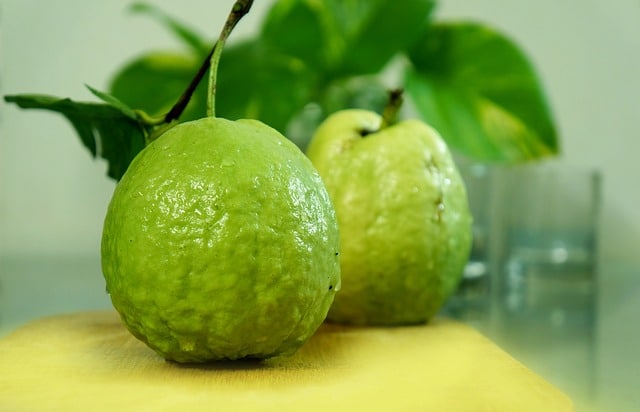
Star Apple | Vú Sữa
Star apples are the stuff of miracles, and their Vietnamese name literally translates to ‘mother’s milk’. Either purple or green in colour, wait until they’re slightly soft before cutting them in half, and have a spoon ready. Given their apple-like appearance, what one finds inside is a glorious surprise. When properly ripened, the inner flesh resembles a firm-set yoghurt and the consistency is the same. Dive in with your spoon and enjoy all that creamy goodness!
Nutrition: high in antioxidants, vitamin C and aids digestion
Sweetsop/Custard Apple | Mãng cầu
Another great fruit that can be found in any month in Vietnam is sweetsop, also known as custard apple. If you plan on eating it that day, buy a soft one. Otherwise, grab one that still has a hard skin. Its taste is sweet and the fruit makes a great snack. As its name suggests, it does have a taste of custard about it.
Nutrition: great for skin and hair health
FAQs
What is the national fruit of Vietnam?
Dragon fruit, locally known as ‘Thanh Long’ is considered to be the national fruit of Vietnam. There are two versions of the fruit and if the local people you are buying it from don’t speak English, it’s going to be a surprise if the interior is clear white or a juicy pink. However, the pink ones usually have a darker skin. Either way, the fruit is absolutely delicious and once you have a taste of it, you’ll keep going back for more.
How do you say ‘fruit’ in Vietnamese?
Next time you are heading to the local market or the supermarket, make sure to write down trái cây if what you are looking for is fresh fruit.
Can you eat fruit in Vietnam?
Not only can you eat fruit in Vietnam, but you should definitely do so. Make sure to try as many as you can and have a different fruit every day – it’s not only healthy but experiencing brand new flavors is a really rewarding experience!
The only rule you have to follow is to wash it properly before eating it, as you should always do, no matter the country you are in.
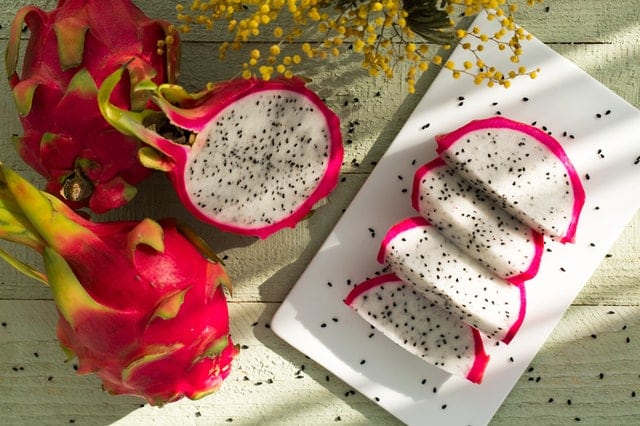

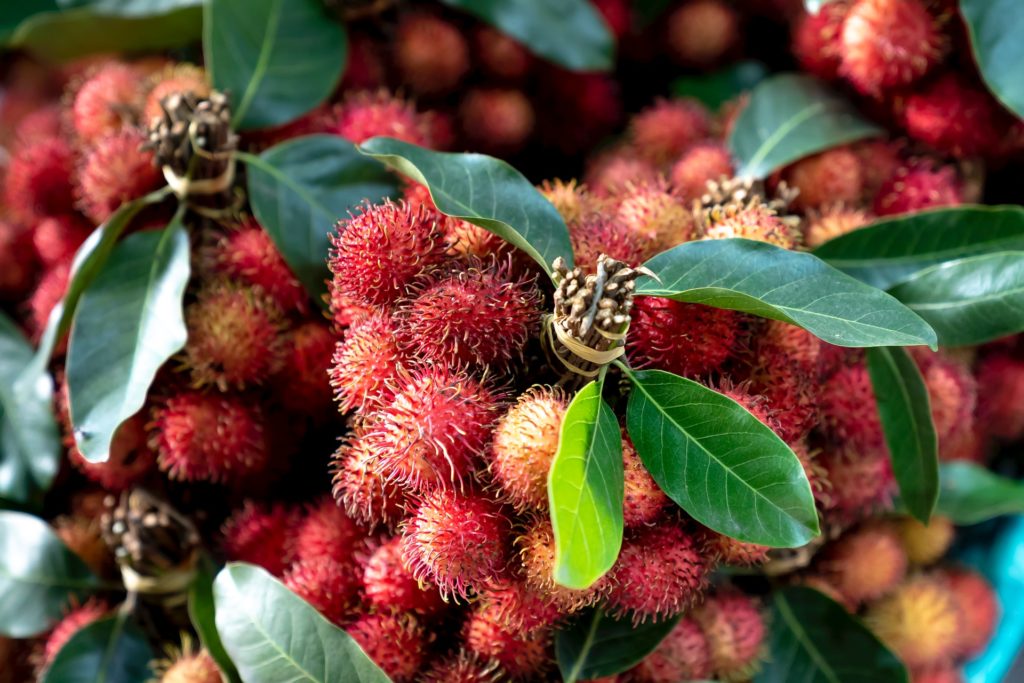
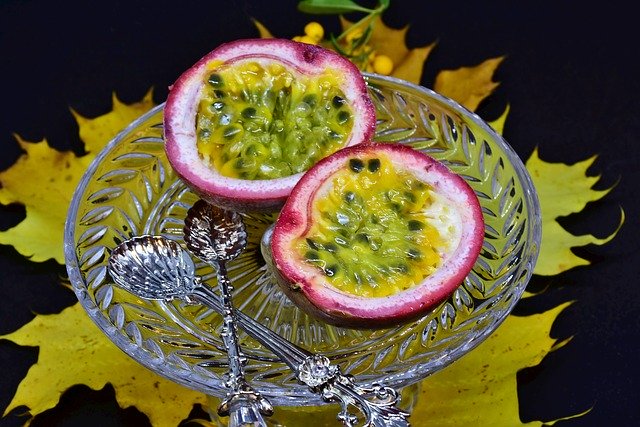
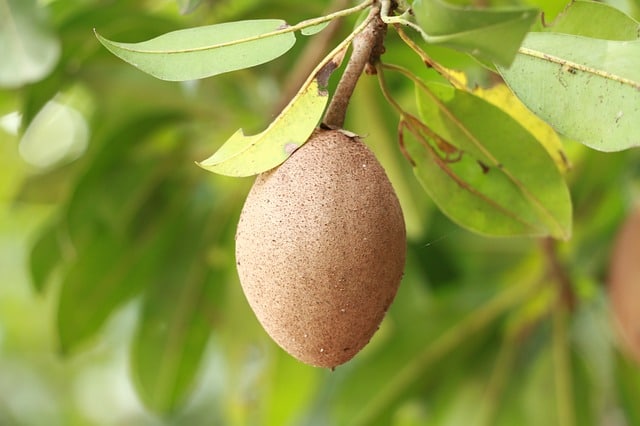
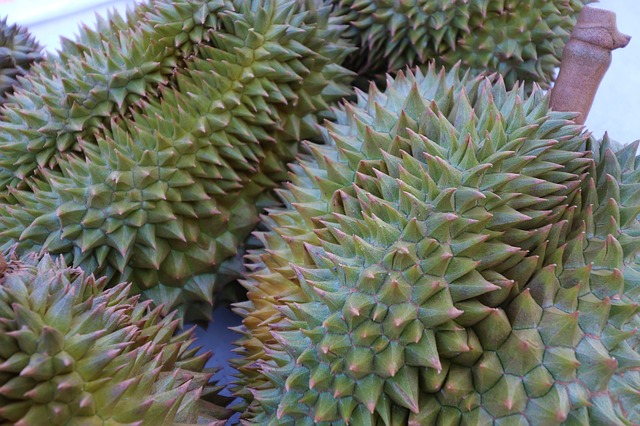


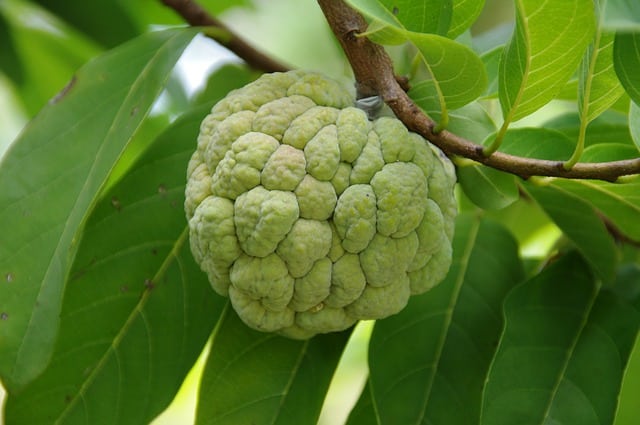
The article has extremely high-quality content, I appreciate it, your article will certainly bring a lot of useful knowledge to everyone. respect you